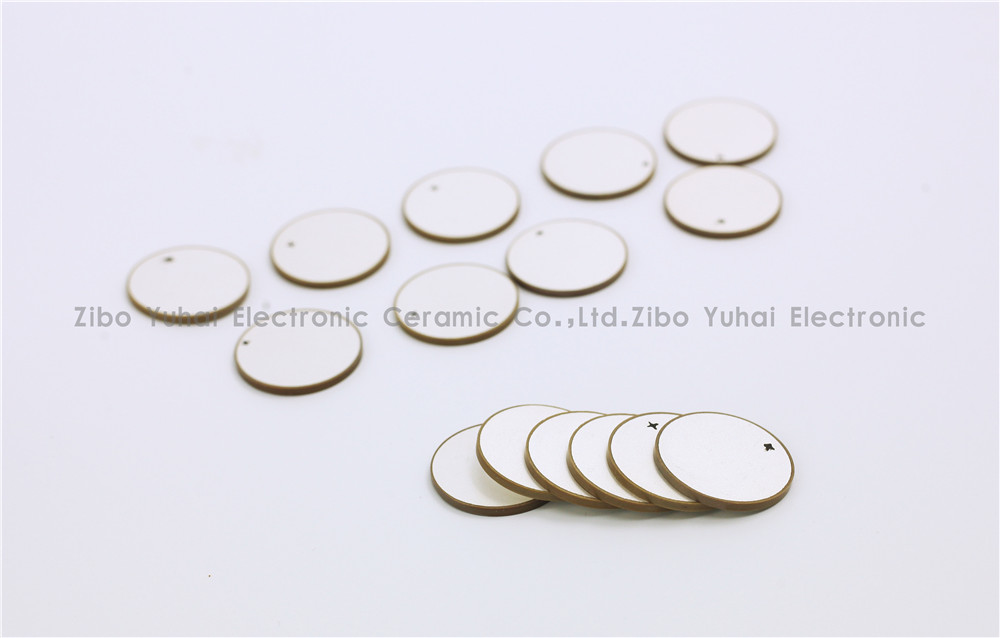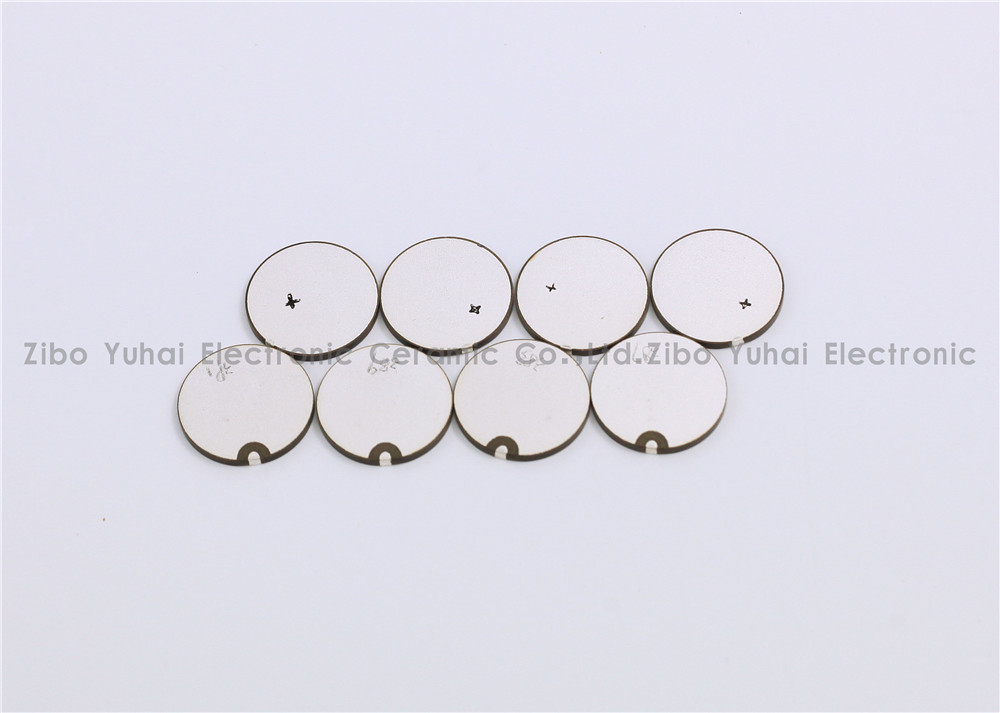According to reports, Toyota Motor hopes that it can become the defender of people first, followed by the driver. Toyota's newly hired autopilot industry leader Ryan Eustis said the company's first true self-driving car will be released in the next five to 10 years. The development and promotion of self-driving cars is based on two projects established this year, and the project leader is the Toyota Research Institute in the United States, which was just established by Toyota Motor. It is understood that the Institute spent $1 billion to develop artificial intelligence and high-end robots. The first project, code-named Guardian, will develop a new generation of driver assistance safety systems, led by Toyota Research Institute's lab in Cambridge, Massachusetts. The second project, code-named "Chauffeur," aims to develop a truly driverless car, led by the Institute's office in Ann Arbor, Michigan. The two projects responsible for the supervision of the two projects are Michigan State University professors Ryan Eustis and Edwin Olsen. The two professors have just joined Toyota this year to lead the car manufacturer in the field of automatic driving. The goal of the two projects is the so-called four-level self-driving car – a car that can be driven automatically anywhere, anytime, in any climate, without any action during the process. According to Eustis, Toyota's first application of the four-level automatic driving technology will be "within the scope of the field." This means that the car will be able to achieve full autonomous driving in specific areas, such as the Interstate Highway. In an interview in August, Eustis said: "In reality, I don't think any car manufacturer will be able to release a car that can achieve four-level automatic driving anywhere. This is a great goal. "However, a four-level autopilot Toyota in a certain area can be realized in 5 to 10 years. Quick and agile Eustis has been researching autonomous driving technology at the University of Michigan long before he got the attention of Toyota Motor Corporation. He joined the Toyota Research Institute in March of this year and established Ann Arbor in June. It is not easy to combine the theoretical research in the university ivory tower with the market demand of Japanese auto giants. Eustis said: "This is a two-way learning process. The thinking model of the Silicon Valley research method is rapid, agile, and fast failure. In fact, this is a unique benefit that Toyota Research provides to Toyota Motor Corporation." Eustis pointed out that traditionally, a car manufacturer will work with different suppliers to obtain parts and systems, but Toyota's new models will integrate technology internally. "For this treatment, we are very much like Google, Apple or a large-scale modern software company. I think this is new to Toyota. This is the new learning process. The concept established by Toyota Research Institute is independent. I have my own procedures and processes. But our connection with Toyota is very close. The code we are writing now is actually used to produce cars." Toyota Institute CEO Kire Pratt said in June that the advanced security features being developed by the "Defender" project will generate the most rapid gains. He added that the breakthrough point may be concentrated in the evasion technique, which is the technology that the car perceives and avoids danger before it collides. Although this type of technology is already on the market, a new generation of models can control the car to circumvent obstacles, even if it means driving out of the lane. Eustis also said: "We see the Defenders project as a technology we can launch earlier. This core technology will support private driver projects." Intuitive thinking Through the private driver program, Toyota will launch semi-automobiles on specific highways by 2020. These cars should be able to get on and off the highway, maintain and change the lanes, and keep a certain distance from other cars on the road, without the need for motorists to intervene. In addition, the biggest obstacle will be to teach computers to think intuitively and understand the human brain in context. For example, when the green light does not mean moving forward. Eustis said: "When a policeman stands at the corner of the road and raises his hand, this means that he can't move forward." Computer programs can be written to detect people with this position. But the human brain weighs more factors, such as whether the person wears a uniform, whether other vehicles stop moving forward, and judges whether the person is a policeman or a mischief by judging these questions. "These general logical reasoning is one of the challenges." Another challenge is to increase the Automated Driving Team at Toyota Research Institute to full capacity. Ann Arbor Studio now has about 25 staff members, and the goal of Eustis is to increase the lineup to 50 by the end of the year and eventually to 70. This will make Ann Arbor the second largest branch office outside the Institute. Piezoelectric Discs For Flowmeter Sensor
Piezoelectric ceramic disc
Quick delivery
High performance
Application: flow meter measurement
There are many kinds of USF used in closed pipeline according to the measuring principle, and the most commonly used are propagation time method and Doppler method. Among them, time difference ultrasonic flowmeter is used to measure fluid flow by the principle that the time difference of sound wave propagating downstream and countercurrent is proportional to the velocity of fluid flow. It is widely used in raw water measurement of rivers, rivers and reservoirs, process flow detection of petrochemical products, water consumption measurement of production process and other fields. According to practical application, time-difference ultrasonic flowmeter can be divided into portable time-difference ultrasonic flowmeter, fixed time-difference ultrasonic flowmeter and time-difference gas ultrasonic flowmeter.
Ultrasonic flow-meters use at least two transducers aligned so that ultrasonic pulses travel across the flow of liquid or gas in a pipe at a known angle to the flow.
Technical data:
Electromechanical coupling coefficient Kp: > 0.62
Dielectric Loss tg δ: <2%
Nominal Piezo discs for ultrasonic flowmeter:
OD14.2*1MHz PZT-51
OD14.6*1MHz PZT-51
OD15*1MHz PSnN-5
OD15*2MHz PSnN-5
OD20*2MHz PSnN-5
OD15*1MHz PZT-51
OD15*2MHz PZT-51
OD20*2MHz PZT-51
Size, Frequency and Electrode on request.
Piezoelectric Ceramic Disc,Piezoelectric Disk Flow Meter,Piezoelectric Flow Sensor,Piezo Discs Flowmeter Zibo Yuhai Electronic Ceramic Co., Ltd. , https://www.yhpiezo.com

